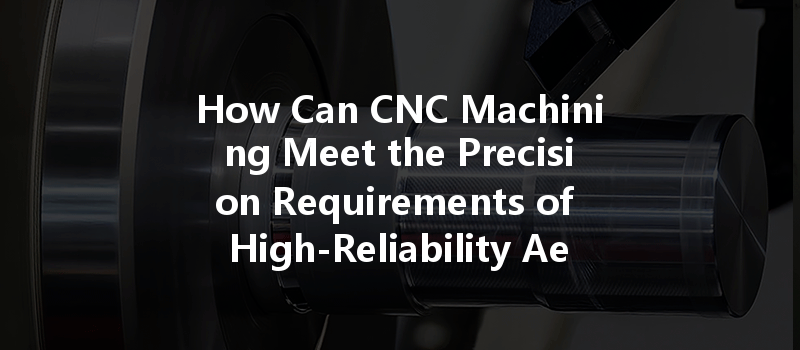Did you know that the aerospace industry is one of the few sectors where even a minuscule error in component specifications can lead to catastrophic results? A single faulty part can endanger lives, compromise mission objectives, and result in enormous financial losses. With this in mind, it’s no wonder that CNC (Computer Numerical Control) machining has emerged as a vital technology in manufacturing high-reliability aerospace components.
In this comprehensive blog, we will explore the advanced techniques employed in CNC machining that allow engineers and manufacturers to meet the stringent precision requirements of the aerospace industry. We’ll examine how precision machining impacts quality, safety, and efficiency, and why it has become synonymous with excellence in aerospace manufacturing.
Understanding the Requirements
The Unique Challenges in Aerospace Manufacturing
The aerospace industry is subject to some of the strictest regulations and quality standards in the world. Parts in any aircraft, satellite, or spacecraft must meet rigorous performance specifications, including:
CNC machining has carved its niche to fulfill these requirements with precision and reliability.
Precision: The Heart of Aerospace CNC Machining
Precision is not merely a desirable quality in aerospace manufacturing; it’s critical. CNC machining utilizes advanced computer programming to ensure that manufacturing processes are executed with exacting accuracy. Through a combination of computerized controls and mechanized processes, each part can be crafted to meet specific tolerances and dimensions.
Detailed Solutions in CNC Machining for Aerospace Parts
One of the cornerstones of CNC machining in the aerospace industry is the selection and processing of advanced materials. Various alloys like titanium, aluminum, and composite materials are commonly used due to their strength-to-weight ratios and durability.
Titanium Alloys
To address these challenges, manufacturers:
Aluminum Alloys
To optimize machining processes:
Today’s CNC machines come equipped with advanced technology that elevates precision and efficiency standards.
Five-Axis Machining

This technology allows manufacturers to machine complex geometries with high precision and improved quality. Rather than being limited to three axes (X, Y, Z):
Automated Systems and Robotics
Enhancing operational efficiency in CNC machining is achieved through automated systems and robotics:
Meeting the stringent requirements of aerospace parts necessitates rigorous quality control protocols and process optimization.
Statistical Process Control (SPC)
SPC techniques involve the use of statistical methods to monitor and control CNC processes:
Continuous Improvement Initiatives
Obtaining certification from regulatory bodies such as the Federal Aviation Administration (FAA) or the European Union Aviation Safety Agency (EASA) is essential for aerospace manufacturers.
ISO 9001 and AS9100
These standards emphasize quality management systems that enhance customer satisfaction and ensure consistent quality in products and services. Adherence to these rigorous standards requires:
The Impact of CNC Machining on Aerospace Reliability
Quality assurance in the aerospace industry goes beyond just meeting specifications; it also involves ensuring the reliability and safety of components. CNC machining dramatically enhances reliability by:
: The Future of CNC Machining in Aerospace
As technology continues to evolve, so too does the potential for CNC machining in the aerospace sector. With increased focus on automation, data analytics, and advanced materials, the future is poised for even greater efficiency, precision, and reliability.
This blog has explored the multifaceted relationship between CNC machining and aerospace manufacturing, highlighting how advanced techniques and technologies collectively ensure that high-reliability aerospace parts are produced to meet stringent specifications. Understanding these processes is vital not only for manufacturers but also for designs and engineers seeking innovative solutions in aerospace applications.
By grasping the significance of precision in aerospace manufacturing, we can appreciate the role that CNC machining plays in ensuring safety, enhancing performance, and enabling the continuous evolution of modern aviation. As the aerospace industry demands greater reliability and precision, CNC machining will remain an invaluable asset in achieving those goals for years to come.



